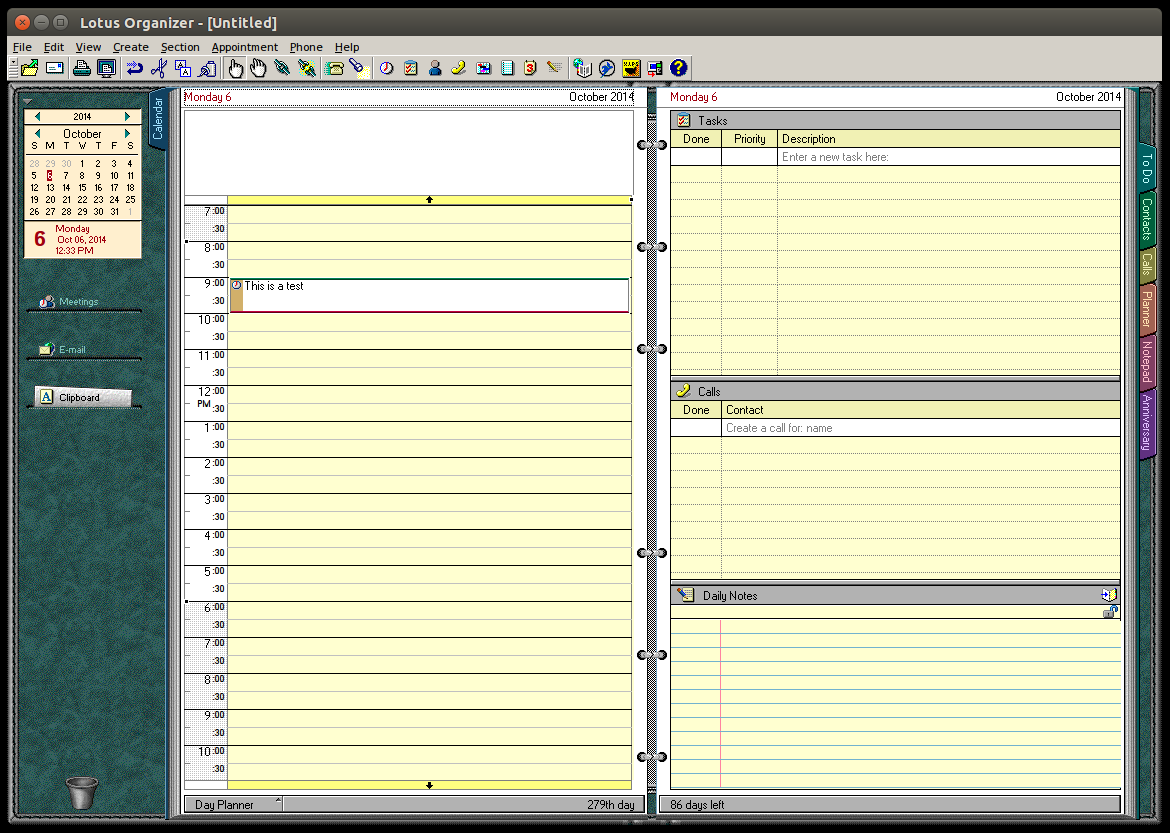

PIC or NAMED files may be imported into Freelance or other graphics editors for enhancement"-Introduction, page 1.Permanent link to this Catalogue record: publications.gc.ca/pub?id=9.876038&sl=0Publication information Department/AgencyNational Water Research Institute (Canada)Quick microcomputer maps with Lotus 123 / N.A. View En36-518-90-09-eng.pdf (PDF, 448 KB).Digitized edition from print. Burlington, Ontario : National Water Research Institue = Institut national de recherche sur les eaux, 1 online resource (3 pages, 3 unnumbered pages) : charts.Request alternate formats To request an alternate format of a publication, complete the Government of Canada Publications email form. Use the form’s “question or comment” field to specify the requested publication. It is a shortcut key / command much like AutoCAD, Lotus 123 or DOS commands. TYPE- POOLS : slis , icon.
Lotus 123 Series Found Its
In the late 70s this was a huge deal - prior to computerized spreadsheet programs, "spreadsheets" were literally big pieces of paper, and you had to do the math yourself every time any value changed. In 1979, the Apple II series found its killer app for small business in VisiCalc, a spreadsheet that automated basic calculations like managing a budget, balancing a checkbook, or keeping track of a (relatively small) supply chain. Facing a horde of competitors including VisiCalc (the original Apple II "killer app"), Multiplan (from Microsoft), Supercalc (running on CP/M) and Context MBA, 1-2-3 was an upstart, but it had an edge: it was fast.Before we dig in deeper, here's a clip from Triumph of the Nerds showing Lotus 1-2-3 as the IBM PC's first killer app:In the early years of personal computing, each computer system had a "killer app" that made the entire machine worth buying just for that piece of software. On January 26, 1983, a spreadsheet program called Lotus 1-2-3 burst onto the personal computing scene.


By comparison, 1-2-3 was a frickin' Broadway show. When you used a system lacking multitasking (like the IBM PC's DOS or the Apple II), putting together an integrated report (spreadsheet, graphs, words) was frustrating if you had to use lots of apps. It eliminated the so-called "floppy shuffle" of using multiple apps to get your work done. Lotus 1-2-3 RocksThis period video gives you a sense of what a big deal 1-2-3 was. Because it had a broad feature set and was crazy-fast, an office worker in 1983 could spend the day in 1-2-3 and get a lot done. This led to a homogeneous IBM clone landscape, while the rest of the personal computer industry was spawning various competing systems with their own ecosystems of software - some good, some great, some crappy - but none of which could run Lotus 1-2-3 in its original form.Beyond its speed, 1-2-3 offered charting and graphing, macros, basic database functions, and could even be used as a simplistic word processor.
While the old Lotus is not around in its old form, its employees have gone on to help create other great things in the computer industry. Their later product, Notes, I believe helped get "wired" computers onto those desks and hastened the adoption of web browsers for many reasons (it's a lot easier to get people to try new software and services when they already have the expensive hardware and it's wired and ready to go). Lotus was a major factor in taking this step. Here's a snippet:Getting personal computers onto the desks of office workers everywhere was a very important step in the history of computing. Yesterday, Bricklin wrote about the history of 1-2-3 on his blog. Part of this interest came from the fact that Bricklin and Kapor (founder of Lotus) were friends and competitors.
As a child of the 1950's and 1960's, to know that you made something that changed the world, and that it lives on in products that acknowledge your starting point, is something most people could only dream about and for which I will be forever grateful. And our product is still the first in the line and is not forgotten. Mitch kept his company here in Massachusetts (Mitch had moved back from Silicon Valley to found it). Lotus improved on the design of the electronic spreadsheet, so it stayed a major productivity tool. Mitch and Jonathan Sachs were our friends and they made their product a follow-on (it could read VisiCalc files, so you could move your spreadsheets from VisiCalc to 1-2-3 to Excel to Google Docs without retyping) keeping a lot of the "DNA" of our ideas. While it always feels bad to lose your position as a leader, and not get to participate as much in the benefits that come with that position, I'm really happy that at least it was 1-2-3 that took the mantle from VisiCalc.
The video is shot from the audience of a talk by Mitch Kapor, so the audio isn't great - but it's still a fascinating historical artifact.So as you fire up Google Docs or Excel today, think back to 19, the two major inflection points when the killer apps of the past made fortunes for Apple and IBM. Clothing and hairstyles aside, this sounds a lot like the working styles and raw excitement of more recent tech companies like Facebook and Google. (I didn't watch the whole half hour, and I doubt you should.) One More VideoThis video explains the early history of Lotus as a company. Happy 30th!If you want a sense of what 1-2-3 was actually like to use, check out this 80s-tastic training video.


 0 kommentar(er)
0 kommentar(er)
